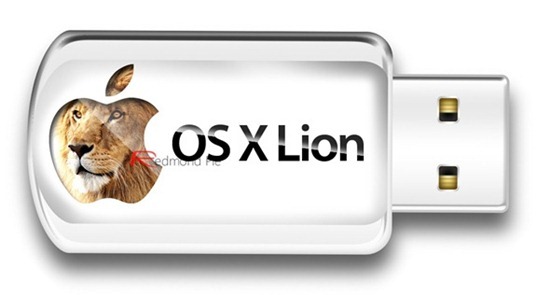
Please note that clicking on Amazon links may result in a small commission for us.
:max_bytes(150000):strip_icc()/CreateBootableElCap-56a5d54d3df78cf7728a1052.jpg)
Qzf4qwap44z88jkdassythjcnm54upacmvmvnzgddg
#Create bootable usb drive for mac os x for free#
Your Mac will ask for your password and after that it will write the image to your USB drive. Apple released the new Mac OS X 10.10 Yosemite in the Mac App Store for everyone to download and install for free on October 16th, 2014, but downloading a 5+ GB file for each of your computers will take some serious time. Enter the list disk command to each drive connected to your PC and press Enter. The first thing to do is to download the Mac operating system that you need. Make sure “ Erase destination” is checked and click the “ Restore” button. The most recommendable way to create a bootable install USB drive for Mac OS is using createinstallmedia Command with Terminal application. You’ll also notice that the “ Restore” button in the lower right corner now becomes active (clickable). To create a bootable Mac drive you need any disk with Mac OS X 10.11.0 El Capitan or newer (10.12 Sierra, 10.13 High Sierra, 10.14 Mojave, 10.15 Catalina) either running as your main system, or just being installed on a drive that's connected to your Mac at the moment. The name of the partition (see “ 2” below) should appear.

Now drag the partition of the flash drive onto the input field of the “ Destination” until a green “ +” appears. You’ll see something similar to the image below just under point “ 1“. In my opinion, the best way to make a bootable USB on OSX is by using the built-in disk.
#Create bootable usb drive for mac os x how to#
Next select the “ Restore” section and click the “ Image…” button next to the “ Source” input field.Ī window will open in which you have to select the previously copied or moved “ InstallESD.dmg“, and then click “ Open“. Creating a MacOS Bootable disk is fairly easy, requiring : 1. Jesus Vigo goes over the steps to create a bootable USB to install OS X 10.7-10.8 and OS X 10.5-10.6, as well as how to put multiple versions on the same USB. Open Disk Utility (you can find in the “ Utilities” folder of your “ Applications” folder, or you can use Spotlight to find it).įirst we must find our USB drive on the left side of the Disk Utility window – make very sure that you’re picking the right device, since the drive will be completely erased! In my example I’m using a 64Gb Kanguru eFlash (very fast USB pen drives and great customer service!).įirst select the correct drive and partition. As you can see in the image below I selected a partition of the 64.39 Gb drive. CAUTIONThe drive will be completely wiped in this process!


 0 kommentar(er)
0 kommentar(er)
